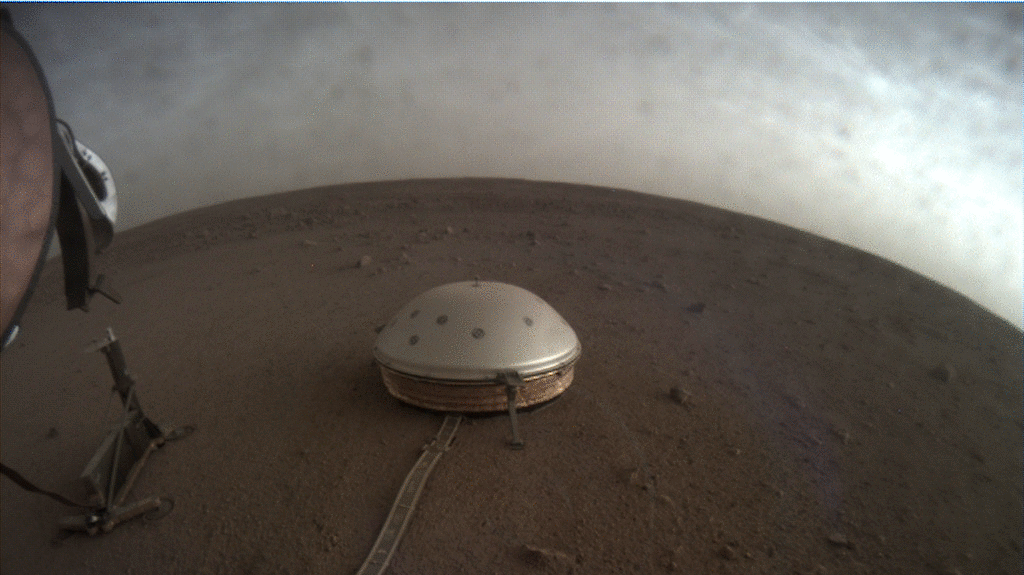NASA seismologists image the interior of another planet for the first time

For the first time, seismologists have imaged the interior of another planet.
Using data from NASA’s InSight spacecraft’s seismometer, the agency’s Mars rovers and orbiters around the red planet, the scientists published three papers in the journal Science with revealing facts about the planet’s deep interior.
NASA’S PERSEVERANCE MARS ROVER READIES TO BEGIN SAMPLING PROCESS
According to a Thursday release from NASA’s Southern California-based Jet Propulsion Lab (JPL), the decade-long research confirmed that the planet’s center is molten and detailed the depth and composition of its crust, mantle and core.
While, comparatively, the Earth’s outer core is molten and its inner core is solid, researchers will continue to use information from the lander’s Seismic Experiment for Interior Structure (SEIS) instrument to understand whether Mars is similar.
To date, SEIS has recorded more than 730 marsquakes and the papers used the data from 35 of those quakes, all with magnitudes between 3.0 and 4.0.
However, unlike Earth, Mars has one large tectonic plate, but faults and fractures still form in the planet’s crust due to pressures caused by the “shrinking of the planet as it continues to cool.”
In knowing the way that seismic waves can vary in both speed and appearance – or “wiggle” – when traveling through different materials in a planet, seismologists were given a method with which to study the planet’s inner structure.
Each paper in Science focuses on a different layer of the planet – the crust, mantle and core structures had been separated in a process called “differentiation” – and part of InSight’s initial mission was to study the depth, size and structure of the three Martian layers.
The crust, which goes as deep as 12 or 23 miles, was found to be thinner than previously believed and could have two to three sublayers.
NASA’S PERSEVERANCE MARS ROVER BEGINS HUNT FOR SIGNS OF PAST LIFE
The mantle extends 969 miles below the dusty surface.
Mars’ core was reported to have a radius of 1,137 miles.
“This study is a once-in-a-lifetime chance,” ETH Zurich’s Simon Stähler, lead author of the core paper, said. “It took scientists hundreds of years to measure Earth’s core; after the Apollo missions, it took them 40 years to measure the Moon’s core. InSight took just two years to measure Mars’ core.”
Using seismograms, InSight scientists reportedly spend a great deal of time combing over seismograms in search of these wiggles and vibrations that can uncloak properties in layering within the crust’s layers.
According to JPL, the InSight team was surprised to discover that all of the planet’s significant quakes were sourced from Cerberus Fossae, a region of Mars that may have seen lava flows within the last few million years.
CLICK HERE FOR THE FOX NEWS APP
That said, no marsquakes have been detected in some of the planet’s more prominent volcanic regions, though it is possible that shadow zones are preventing a quake’s echo off an underground reflector from reaching SEIS.
“We’d still love to see the big one,” JPL’s Mark Panning, co-lead author of the paper on the crust, said. “We have to do lots of careful processing to pull the things we want from this data. Having a bigger event would make all of this easier.
Source link






